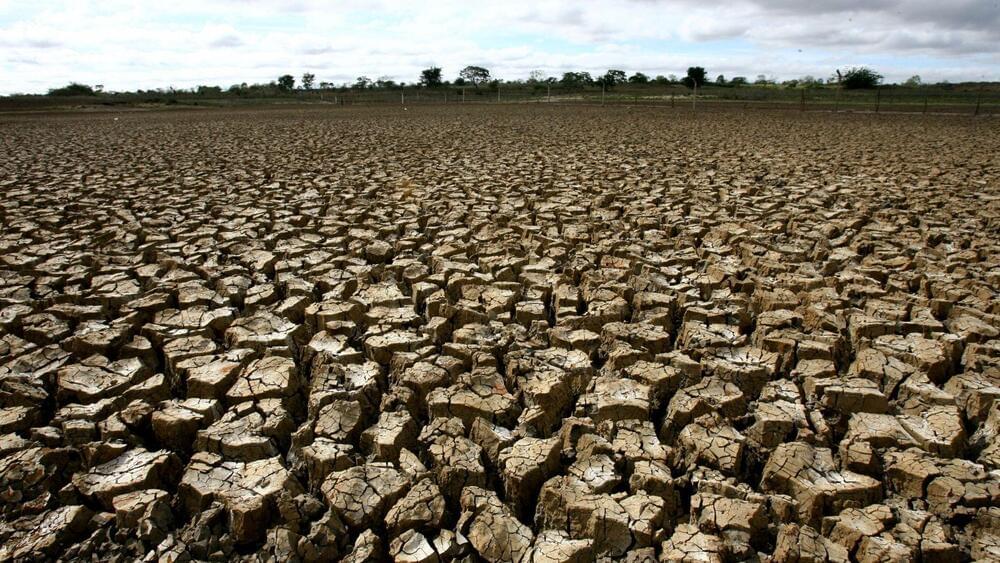Nuclear arsenals remain large enough to fundamentally shift the Earth system in the blink of an eye.
The U.S. and Russia have recently agreed to hold talks on the New START Treaty, and the only accord left regulating the two largest nuclear arsenals in the world. While this is undoubtedly good news, we must not allow it to lull us into complacency. Global events this year, most notably in Ukraine, have raised fears of a nuclear conflict to levels not seen since the cold war. More than 10,000 nuclear warheads remain in the world, and the Kremlin’s language regarding weapons of mass destruction has become increasingly threatening in 2022.
Global famine and climate breakdown
In 1982, a group of scientists, including Carl Sagan, began to raise the alarm about a climate apocalypse that could follow a nuclear war. Using simple computer simulations and historic volcanic eruptions as natural analogs, they showed how smoke that lofted into the stratosphere from urban firestorms could block the sun for years.
They found that this “nuclear winter,” as it came to be called, could trigger catastrophic famine far from the location of the war. Ronald Reagan and Mikhail Gorbachev, leaders of the United States and Soviet Union in the 1980s, both cited this work when they declared that a nuclear war could not be won.
